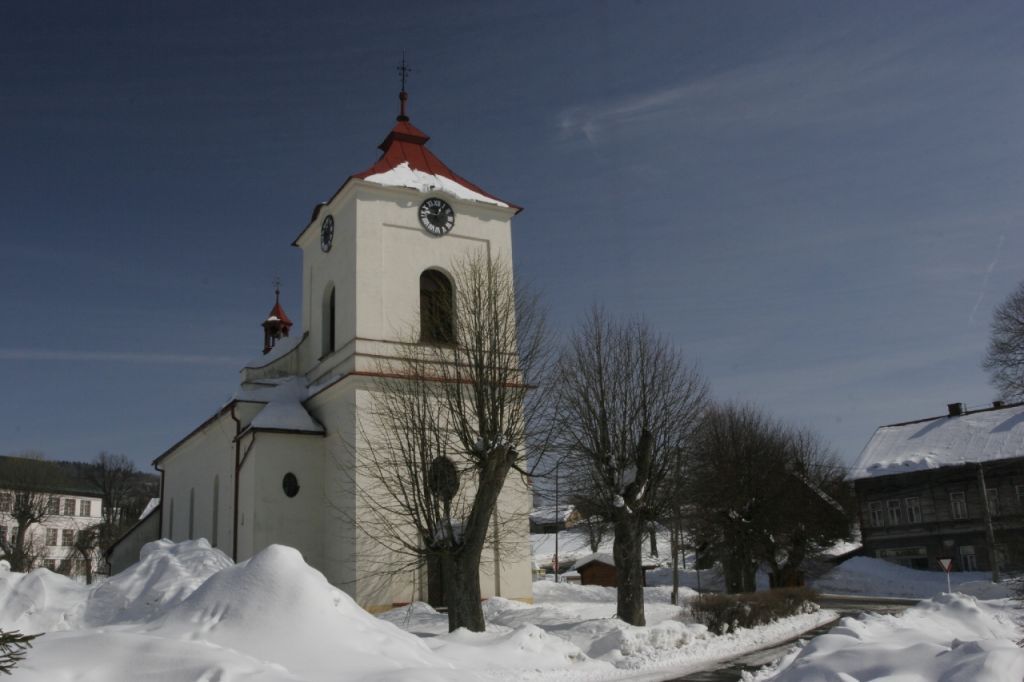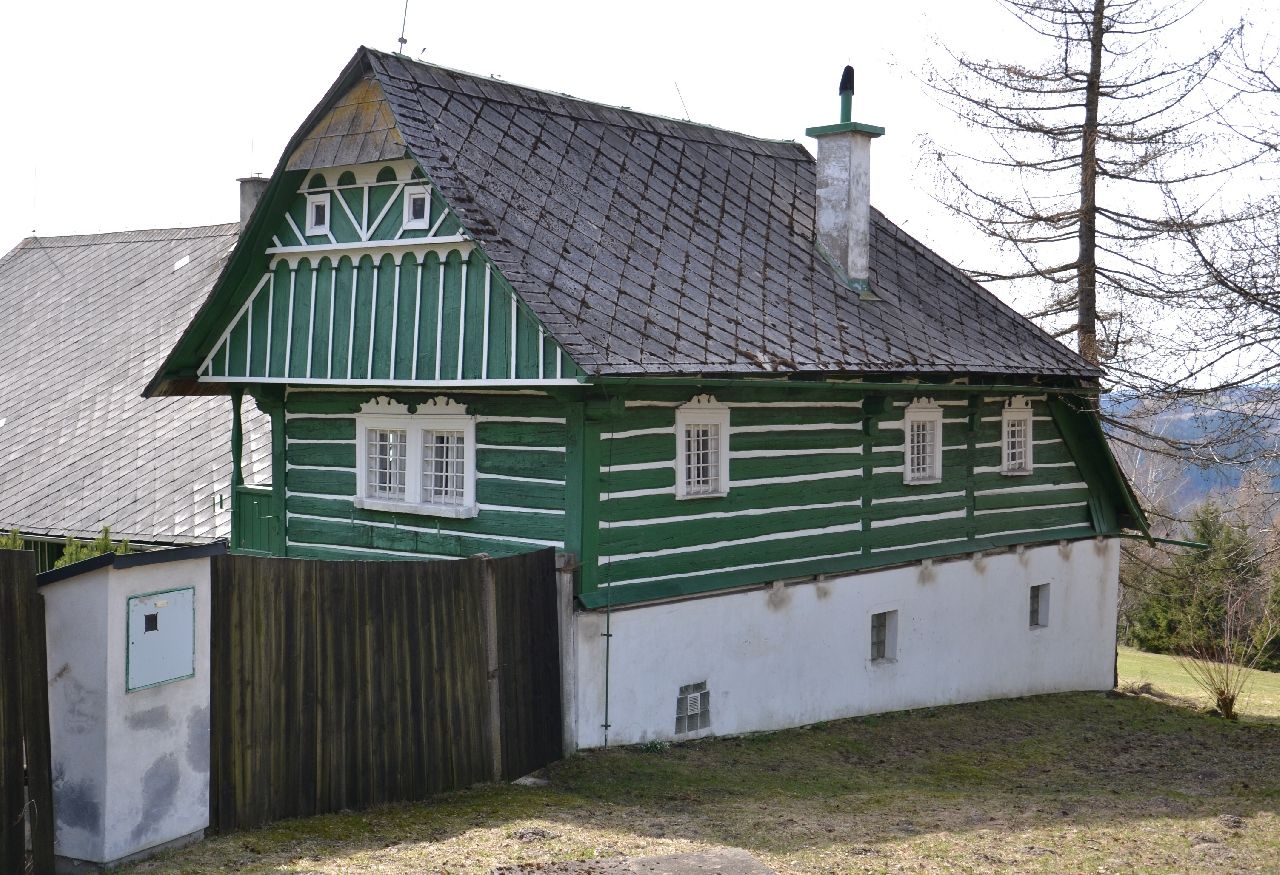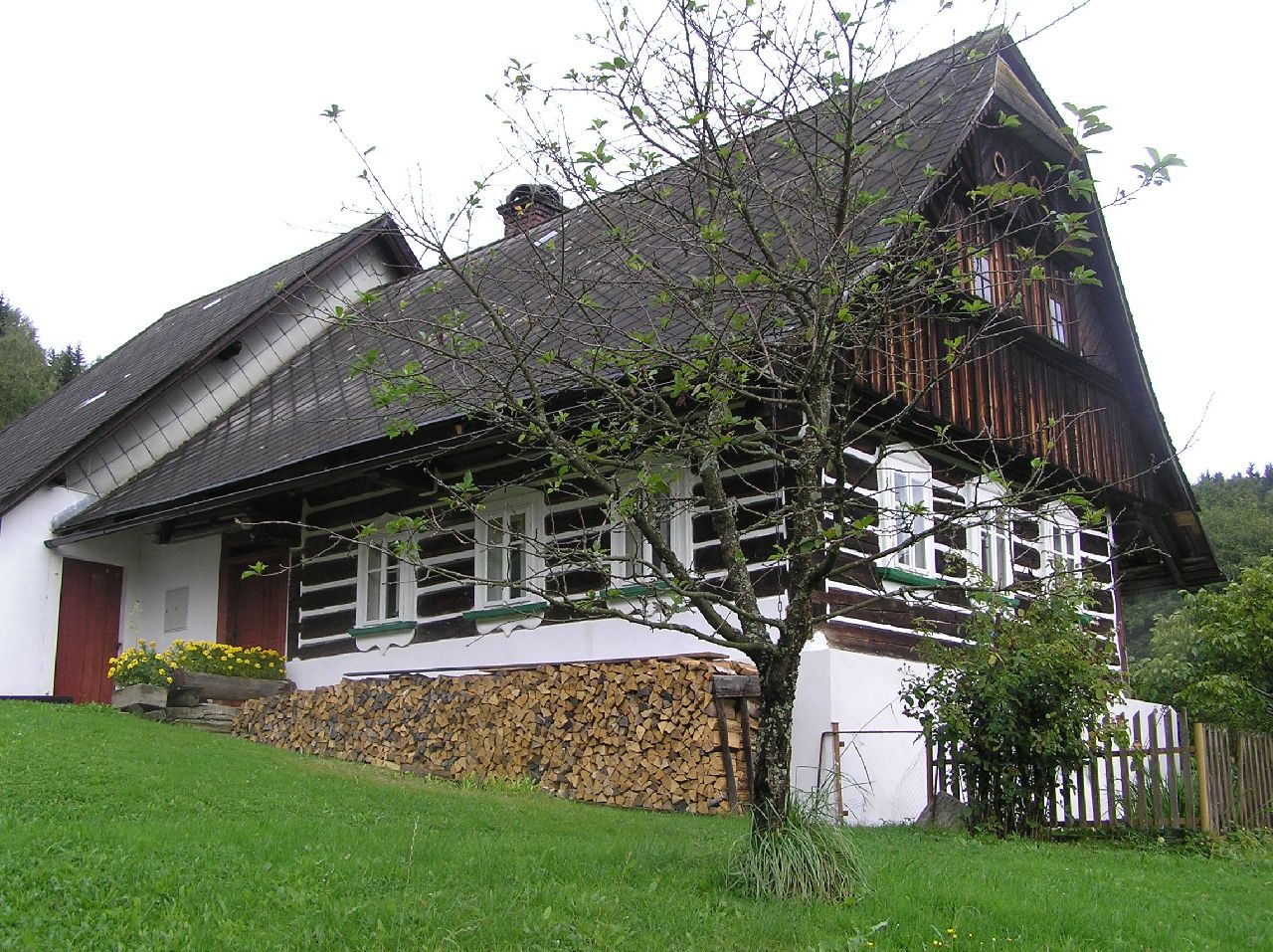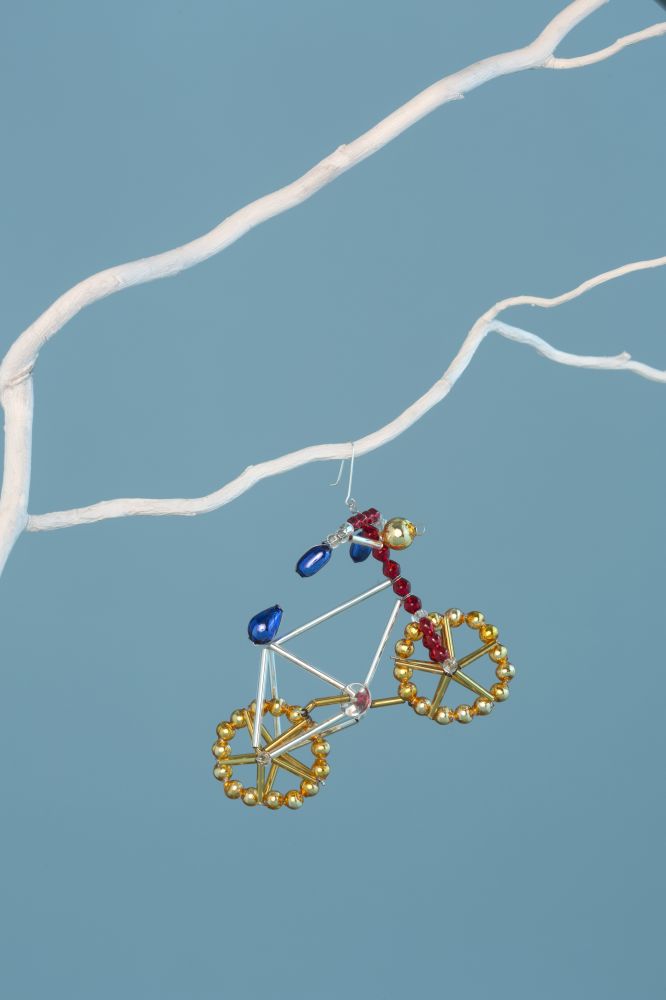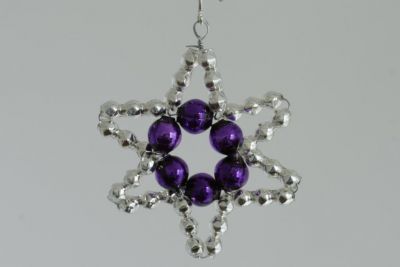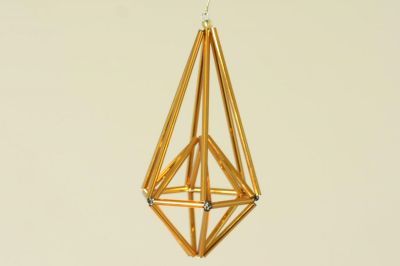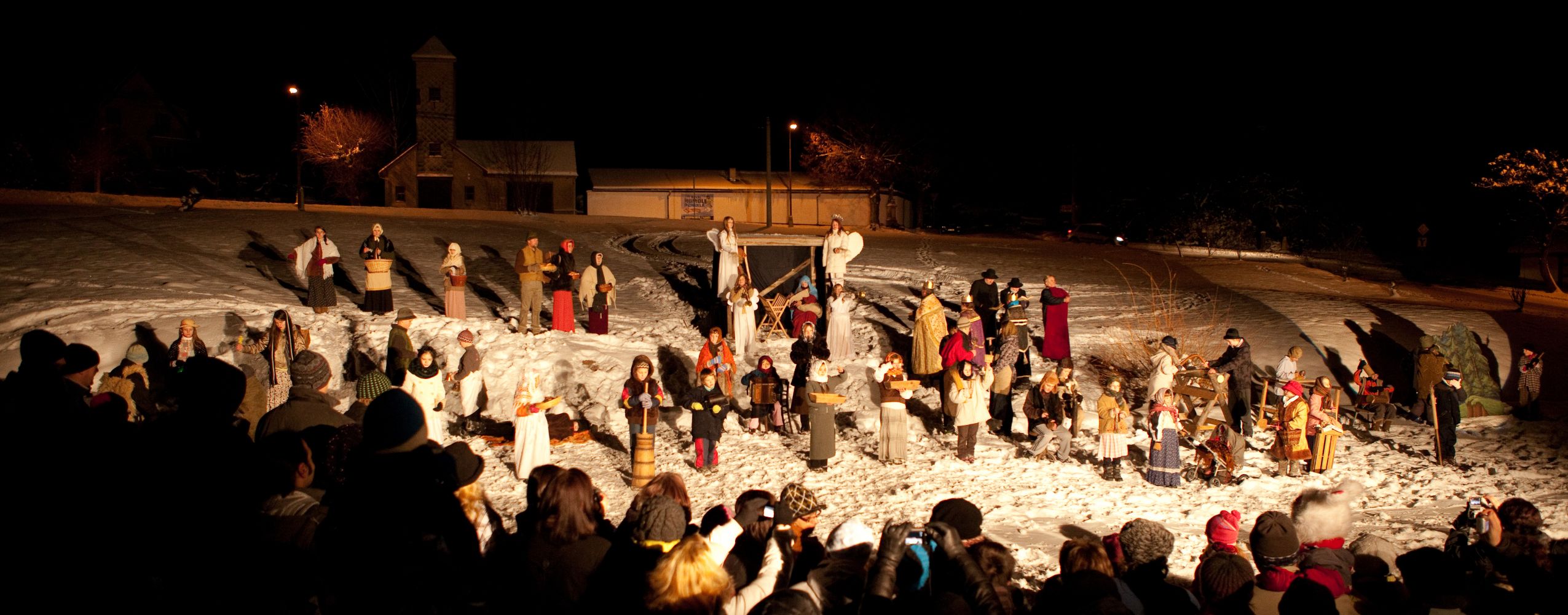The village got its name from the stream that disappears in the ground and reappears - "poniklá". It was first mentioned in 1354. From the 16th century onwards, the production of linen cloths developed here, first in domestic production and later in manufactures. The mining of lead and graphite and the production of glass Christmas decorations were also inseparable from the village.
One of the oldest churches in the area is the Baroque Church of St. James the Greater, which was consecrated in 1682. The church has an original baptistery dating from 1722. The church painting was restored in 1996. Opposite the church is a statue of St. John of Nepomuk by an unknown artist.
The Krejč farm is a beautiful example of folk architecture. The building dates back to 1833 and has a carved lomenici and a two-storey chamber. Around Poniklá there are many large trees, some of which are over a hundred years old. Probably the most famous is the old linden tree by the Tomáš farm with a trunk circumference of 6.5 m. The large chestnut tree near the church and the monumental oak in the middle of the village are also remarkable.
From Poniklá it is possible to go for winter sports to ski centres such as Špindlerův Mlýn, Rokytnice nad Jizerou or in spring and summer months to take hiking trips to the whole Krkonoše Mountains and the beautiful Podkrkonoší region.

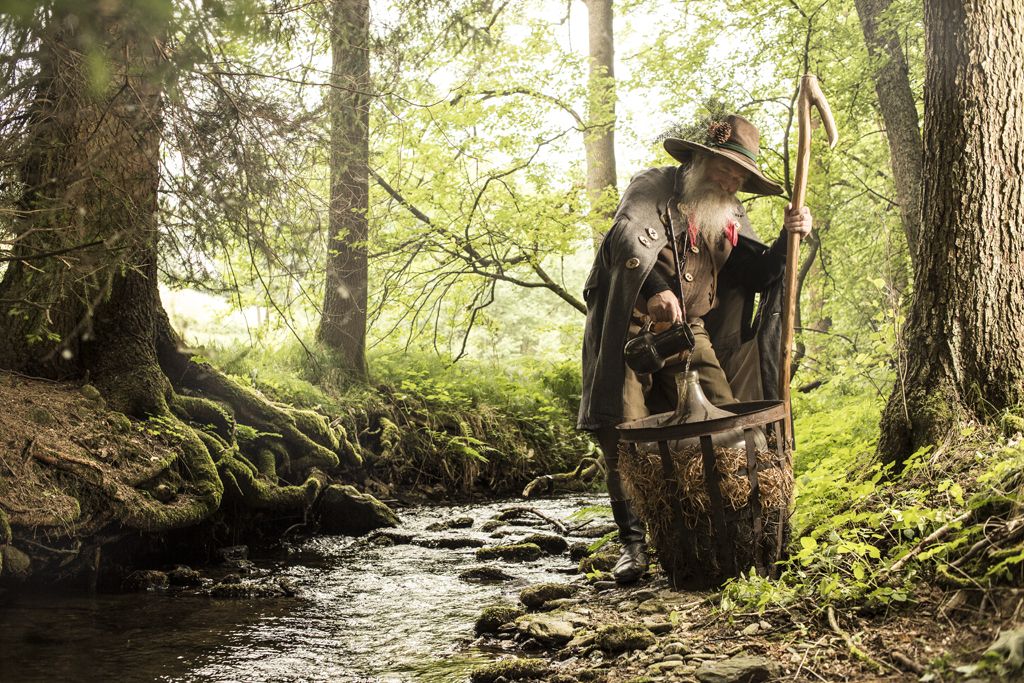
 See & Experience
See & Experience

